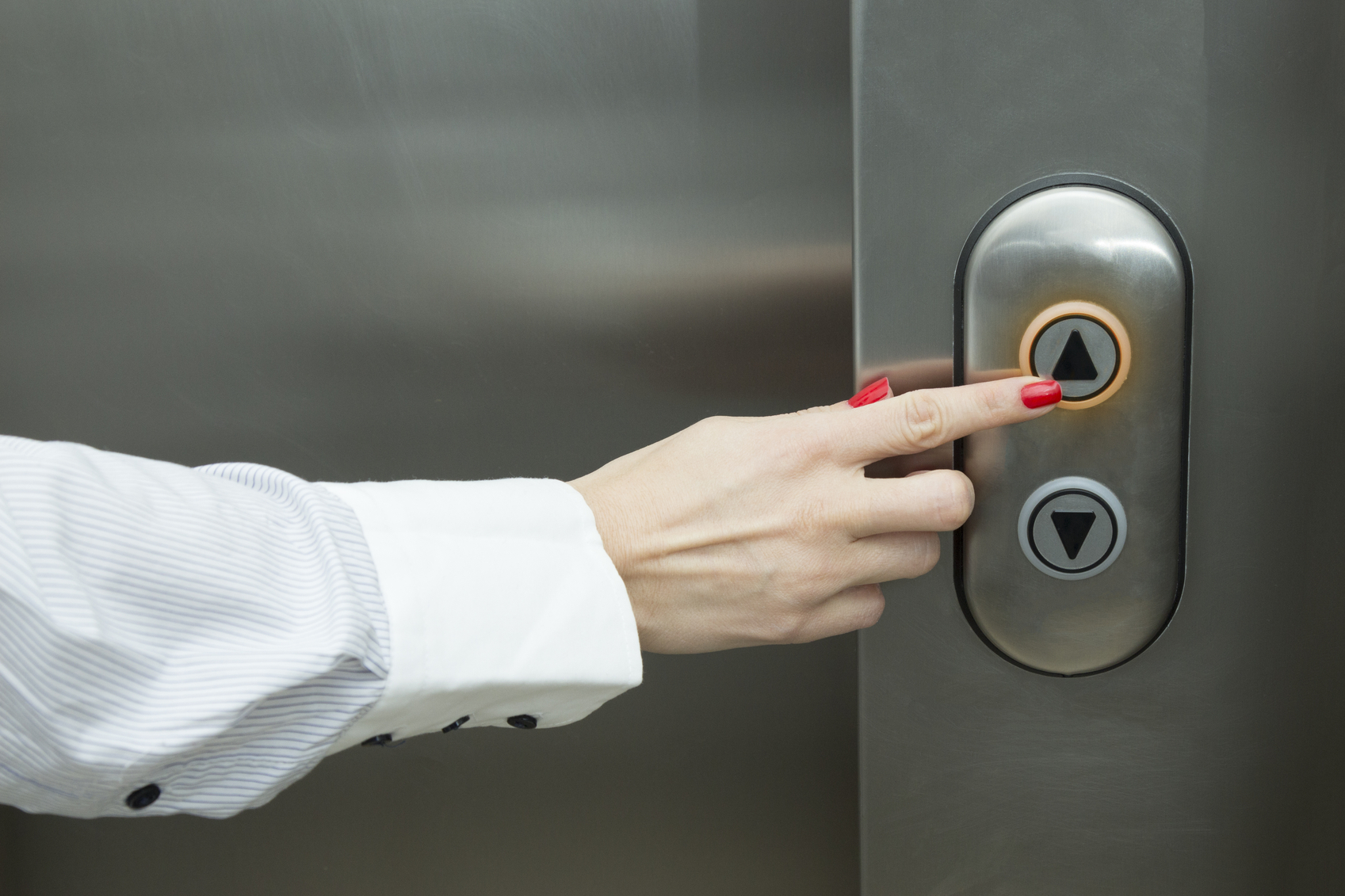Exploring the World of Lifts: Typical Issues Dealt With by Different Lift Systems
As we navigate through the upright transport systems of modern structures, elevators stick out as an essential part of our everyday lives. Nonetheless, behind their smooth operation exists a globe of detailed mechanisms that can sometimes run into challenges. From hydraulic lifts to traction systems and machine-room-less designs, each lift kind features its set of typical issues. Recognizing these obstacles is vital for ensuring the smooth performance of these vital systems. Allow's check out the intricacies that underlie the operation of lifts and the prospective issues that can occur, shedding light on the intricate web of lift mechanisms.
Hydraulic Lifts
Hydraulic lifts, commonly chosen for low-rise structures, make use of fluid stress to regulate the activity of the lift cars and truck (lift repair companies). This device includes a hydraulic pump pushing oil right into a cyndrical tube, triggering the elevator to relocate the wanted instructions. While hydraulic lifts are recognized for their smooth and silent operation, they do include their own set of usual issues
One prevalent issue with hydraulic lifts is oil leak. The seals in the hydraulic system can use out gradually, leading to oil seepage. This not just creates a mess yet can additionally influence the lift's performance if left unaddressed. In addition, issues with the control system, such as damaged valves or a malfunctioning pump, can trigger disturbances in the lift's movement.
Regular upkeep and prompt repair services are important to guarantee the smooth functioning of hydraulic elevators. By attending to these common concerns proactively, structure proprietors can minimize downtime and guarantee the security and efficiency of their upright transportation system.
Grip Elevators
When taking into consideration vertical transportation systems in structures, an additional common kind in addition to hydraulic elevators is the grip lift. Grip elevators run making use of a system of ropes and counterweights that relocate the elevator car by gripping onto the hoist ropes. This mechanism enables smoother and much faster vertical transportation compared to hydraulic systems.
Among the usual problems faced by traction lifts is rope wear. The continuous movement of the ropes within the grip system can cause tear and wear with time, potentially creating the elevator to malfunction or end up being unsafe for usage. Routine assessments and maintenance of the ropes are important to make certain the elevator's appropriate performance and safety.
One more issue that grip elevators might encounter is associated with the control system. Troubles with the control system can bring about concerns such as erratic movement, delays in action times, or perhaps full shutdowns. this Routine screening and maintenance of the control system are crucial to protect against such concerns and guarantee the lift's reliability.
Machine-Room-Less (MRL) Lifts

One of the key elements of MRL lifts is the compact gearless have a peek at this site traction equipment that is installed within the hoistway. This equipment efficiently drives the elevator auto without the need for cumbersome tools located in standard grip elevators. In addition, MRL elevators generally make use of a counterweight system to balance the cars and truck, more boosting their energy efficiency.
In spite of their benefits, MRL elevators may face difficulties connected to maintenance and fixing as a result of the restricted room for equipment installment. Access for servicing components within the shaft can be limited, calling for specialized training for specialists. Proper maintenance schedules and regular examinations are critical to guarantee the continued smooth operation of MRL elevators.
Overloading and Weight Limit Issues
Straining and weight limit problems are important problems in elevator operations. Lift suppliers design lifts with certain weight capabilities to guarantee passenger security and tools long life.
When elevators are overloaded, it puts extreme strain on the motor, cords, and various other elements, possibly creating malfunctions or malfunctions. Safety and security mechanisms such as sensing units and overload sensors are in place to avoid lifts from moving if they identify excess weight. In addition, exceeding weight limits can result in increased energy consumption and wear and tear on the elevator system.
To minimize overwhelming issues, building managers must prominently present weight limitations in elevators and educate owners on the importance of adhering to these limitations - lift repair companies. Routine maintenance checks by certified service technicians can also assist make certain that lifts are operating within risk-free weight specifications. By dealing with overloading and weight limitation problems proactively, structure proprietors can improve lift safety and performance
Electric System Failures
Surpassing weight limitations in elevators can not just lead to mechanical problems yet also potentially add to electrical system failures within the lift infrastructure. Electrical system failings are a crucial concern in lift operation, as they can trigger unanticipated shutdowns, breakdowns, or also security risks.
Routine maintenance and evaluations are essential to determine and resolve prospective electrical problems without delay, ensuring the risk-free and effective procedure of lift systems. By adhering to weight limits and performing routine electric system checks, structure proprietors can alleviate the threat of electric failings in lifts.
Conclusion

Hydraulic elevators, commonly preferred for low-rise buildings, use fluid pressure to control the movement of the lift vehicle.When thinking about vertical transport systems in structures, an additional common type aside from hydraulic elevators is the traction elevator. Traction lifts run utilizing a system of ropes and weights that relocate the elevator auto by grasping onto the hoist ropes. Unlike traditional lifts that call for a separate maker area to house the devices, click now MRL elevators integrate most of the components within the shaft, removing the need for a devoted machine area.In final thought, elevators face usual issues such as hydraulic malfunctions, traction system failings, and electric system issues.